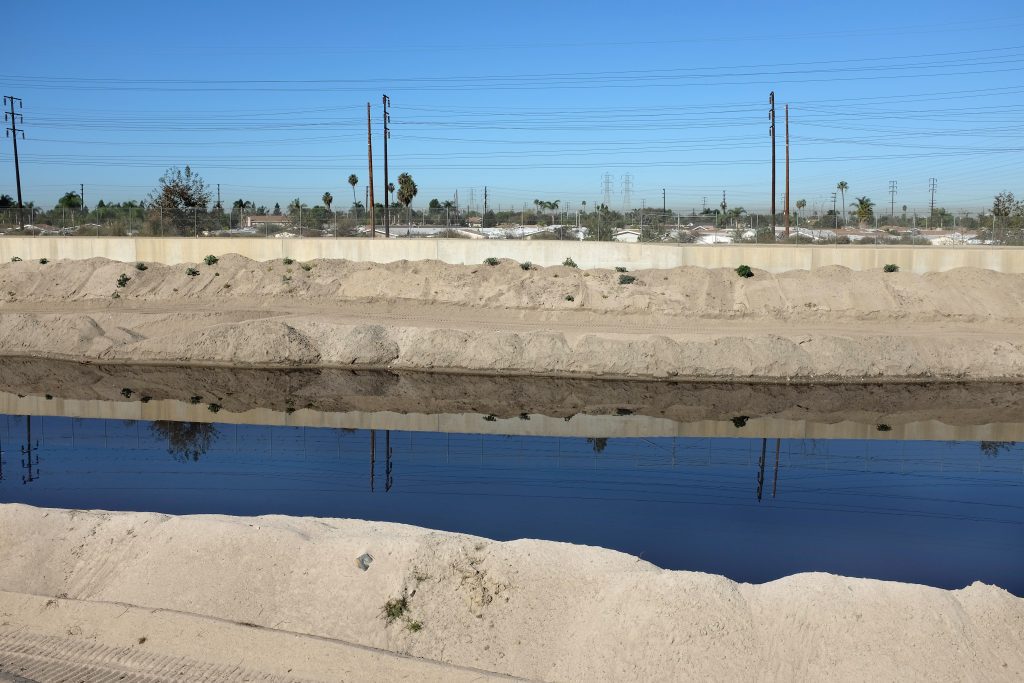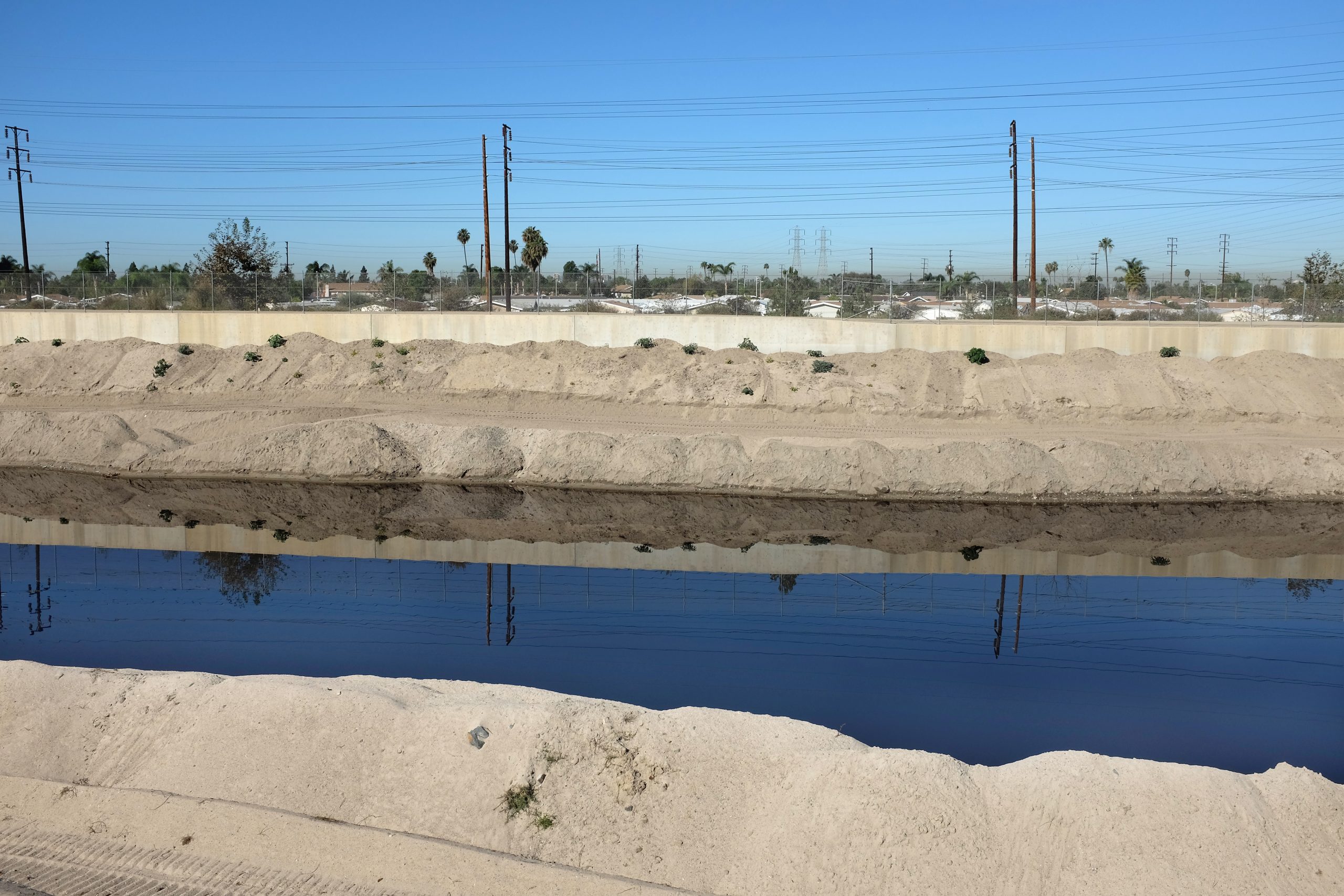

Human habitation along the Santa Ana River dates back 9,000 to 12,000 years. In 1769, the Portola expedition, which was the first recorded expedition of California, named the river the Santa Ana.
The Santa Ana River was the most reliable source of water in the area for many large ranchos that were developed nearby. The river supported alfalfa farming and the citrus industry, which provided essential resources for the growing cities and counties in Southern California.
The Santa Ana River, which begins in the San Bernardino Mountains, was initially fed by two tiny streams, Heart Bar Creek and Coon Creek. Now, many creeks in the region feed the river, including Bear Creek, Mill Creek, City Creek, San Timoteo Creek and Lytle Creek.
Today, the Santa Ana River bears little resemblance to its historic self being controlled by two massive dams and confined to a concrete flood control channel. It continues flowing through San Bernardino County and passes through the cities of Redlands and San Bernardino.
The Santa Ana River Trail, starting at the San Bernardino County Hall of Records at 222 W. Hospitality Lane, offers opportunities to bike, walk and run. The trail is currently 60 percent complete and will eventually end in Huntington Beach.
The river continues through Riverside County before cutting through San Bernardino County and the city of Chino. The river then crosses the northern Santa Ana Mountains, continuing through Orange County to drain into the Pacific Ocean.
Today, the Santa Ana River is the largest river entirely within Southern California. It supports over 250 species of birds, reptiles and amphibians.
The information in this historical feature was originally part of a video series produced by the Assessor-Recorder-County Clerk’s office.
Additional County Update News – July 17, 2025
- Taskforce seizes over 28,000 pounds of fireworks
- County Children and Family Services director honored as 2025 Alumna of the Year
- Special marriage services announced at County Museum locations
- From challenges to triumph: Foster youth shine at 2025 senior celebration
- A magical transformation of behavioral health wellness led by San Bernardino County
- CalKIDS offers California children free cash for college
- San Bernardino County destinations: Joshua Tree National Park
- Call for submissions: Share your favorite San Bernardino County destinations
- San Bernardino County history: Santa Ana River
- Tell us why you love San Bernardino County for a chance to win a Regional Parks annual pass
- Things to do in San Bernardino County
- Pet of the Week: Bubbles
